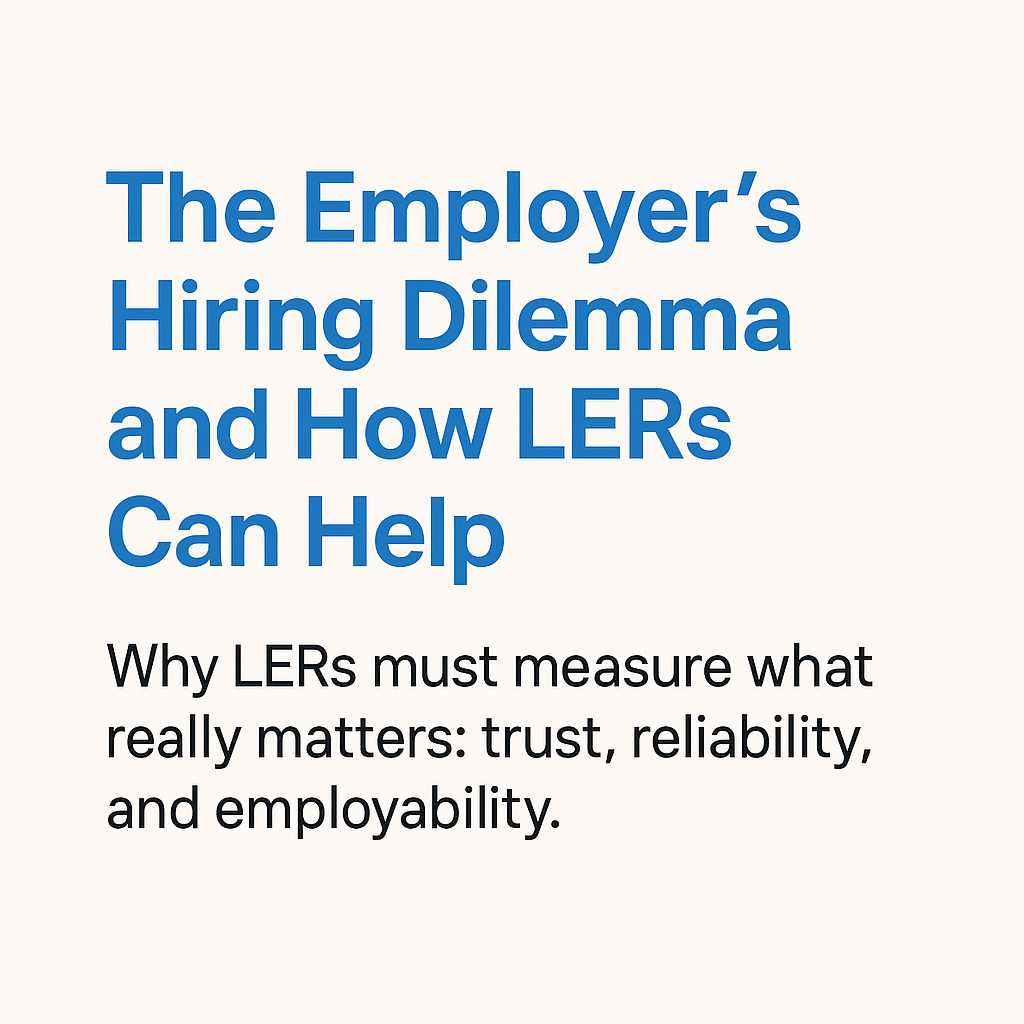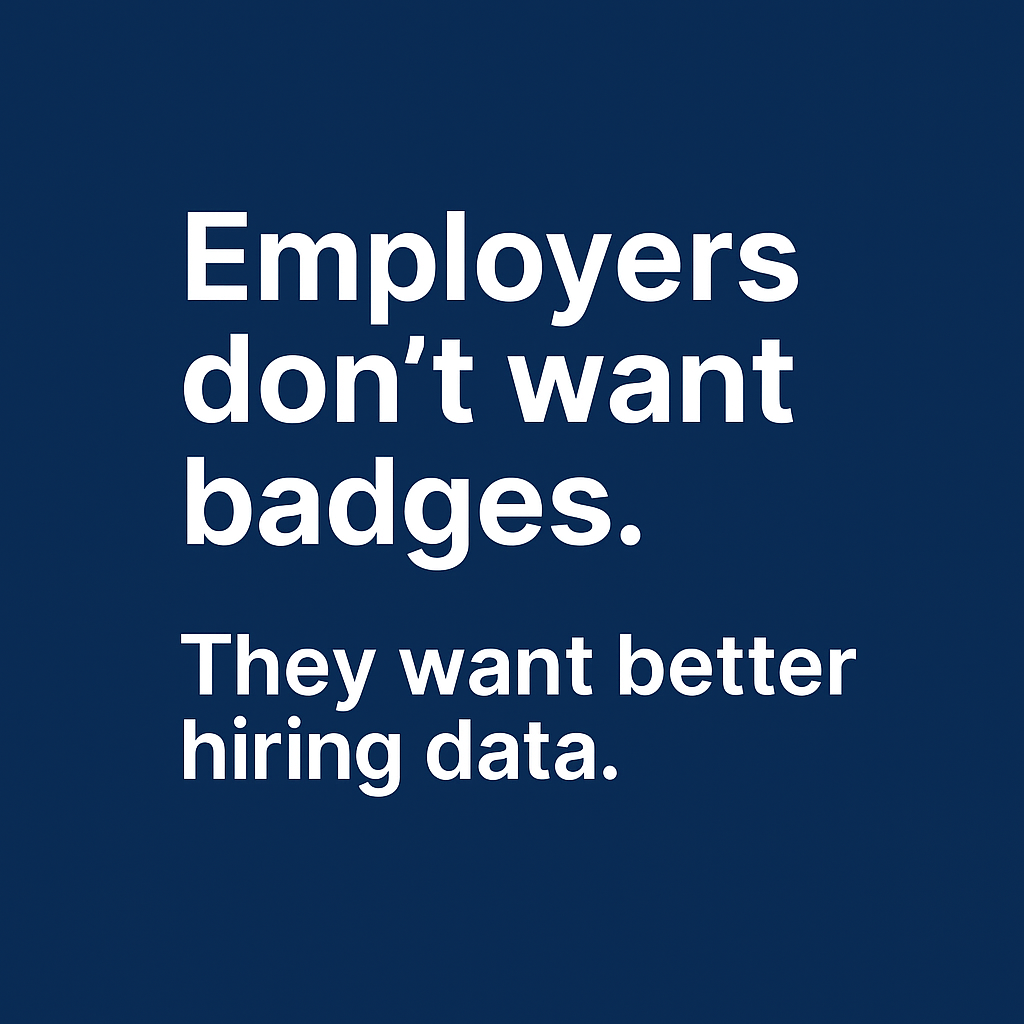Career paths often lead us to unexpected places. As you gain experience, it might feel like your options narrow, especially when job postings seem to favor candidates with identical job titles or niche expertise. While this can be empowering when you're perfectly qualified, it can feel limiting when you want to switch industries, try something new, or pivot toward a more fulfilling career.
Several years ago, I found myself at this exact crossroads—burned out from an industry I’d spent years in and ready for a fresh start. I didn’t just want another job; I wanted a role that energized me, aligned with my values, and let me make a real impact. To get there, I developed a strategy to identify my goals, strengths, and aspirations. This process worked wonders, leading to a rewarding position at ZipRecruiter and, eventually, to my current role at SmartResume. Here’s how you can adapt this approach to revolutionize your own job search.
Step 1: Start with Themes, Not Job Titles
Set aside time to reflect. Grab a pen, a notepad, and find a quiet space where you can think clearly. Instead of diving into job listings or crafting resumes, ask yourself:
- What industries excite me?
- What challenges or projects energize me?
- What kind of work would I find meaningful?
At this stage, avoid focusing on job titles. Instead, aim for broader themes. For example, when I began my exploration, I identified these priorities:
- Mission-driven work: Creating positive change in people’s lives.
- Partnership-focused roles: Collaborating with others to achieve shared goals.
- Consumer impact: Influencing product experiences that people enjoy.
- Strategic influence: Shaping roadmaps to align with user needs and business goals.
This exercise will help you clarify your values and passions, setting a solid foundation for the next steps.
Step 2: Identify Your Unique Strengths
Once you know what excites you, shift your focus inward. Reflect on your skills, accomplishments, and feedback you’ve received. Don’t be afraid to reach out to colleagues, mentors, or former managers for their insights. Look for patterns and consolidate your strengths into a list.
For me, this process revealed these key themes:
- Building trust and relationships.
- Learning new industries and identifying how they work.
- Optimizing marketplaces for better outcomes.
- Presenting ideas and collecting data to influence decisions.
- Fostering innovation and driving collaboration.
By understanding what sets you apart, you’ll be better equipped to talk about your value in meaningful, authentic ways.
Step 3: Use Networking to Explore, Not Just Apply
With a clear sense of your themes and strengths, you can approach networking differently. Instead of asking contacts where you should apply, start conversations about the types of challenges and opportunities that excite you. Frame introductions in a way that sparks curiosity and builds rapport.
Here’s an example of how I approached this:
Typical introduction: “Ian is looking for a job at your company. Are you willing to chat?”
My introduction: “Ian is passionate about building consumer-focused products that drive mission-oriented outcomes. He’d love to learn about your career and work.”
This approach led to rich, engaging conversations—and many opportunities I hadn’t considered before.
Step 4: Build a Career Exploration One-Pager
To keep your thoughts organized, create a one-page document outlining:
- Your guiding themes (what excites you).
- Your core strengths (what you bring to the table).
- Potential industries (where you’d like to work).
- Role types (the kinds of work you’d enjoy).
Here’s what mine looked like:
Themes: Mission-driven, partnership-oriented, consumer-focused, product influence.
Strengths: Building trust, learning industries, shaping roadmaps, driving innovation.
Industries: Technology, media, infrastructure, communications.
Roles: Product line management, business development, strategy, product management.
This document became my compass, guiding my search and keeping me focused.
Step 5: Customize Your Resume and Brand
Finally, tailor your resume and personal brand to align with your one-pager. Create multiple versions of your resume for different roles, but ensure consistent messaging about your experience and skills. By staying true to your personal brand, you’ll present a cohesive, compelling narrative to employers.
For me, this approach resulted in a position as Vice President of Business Development at ZipRecruiter, where I helped partners develop tools to empower job seekers. It was a transformative career pivot, and it all started with this strategy.
Rethinking Job Search Success
A strong resume is essential, but a thoughtful, innovative networking and exploration strategy can open doors you didn’t know existed. By focusing on your passions, strengths, and the bigger picture, you’ll position yourself for success—not just in finding a job, but in building a career that truly fulfills you.
Here is a link to a template you can access to organize your thoughts.
I hope this method inspires you to rethink your own job search. If you’ve found it helpful, I’d love to hear about your journey!
Sincerely,
Ian Davidson
Chief Growth Officer, SmartResume










